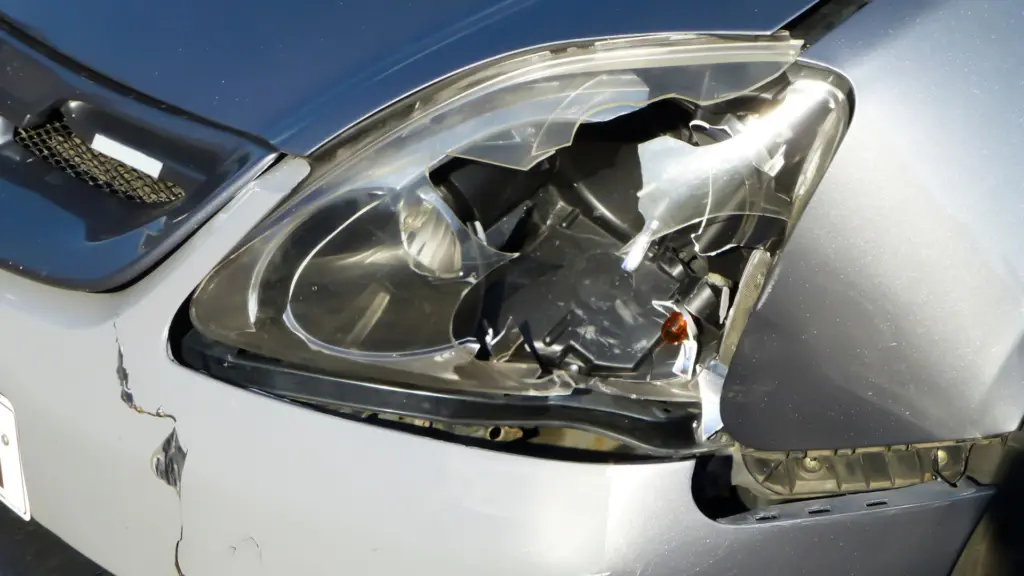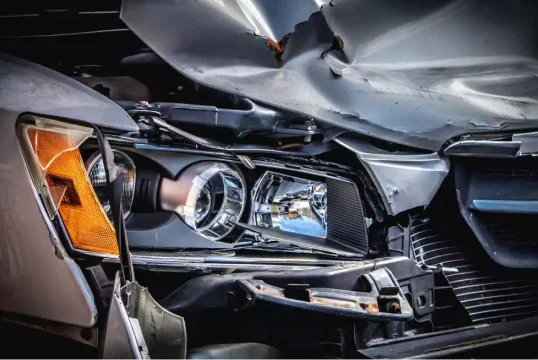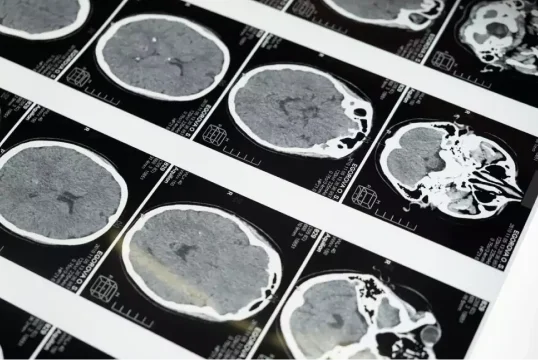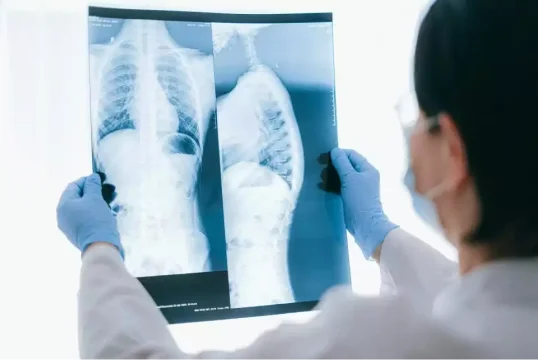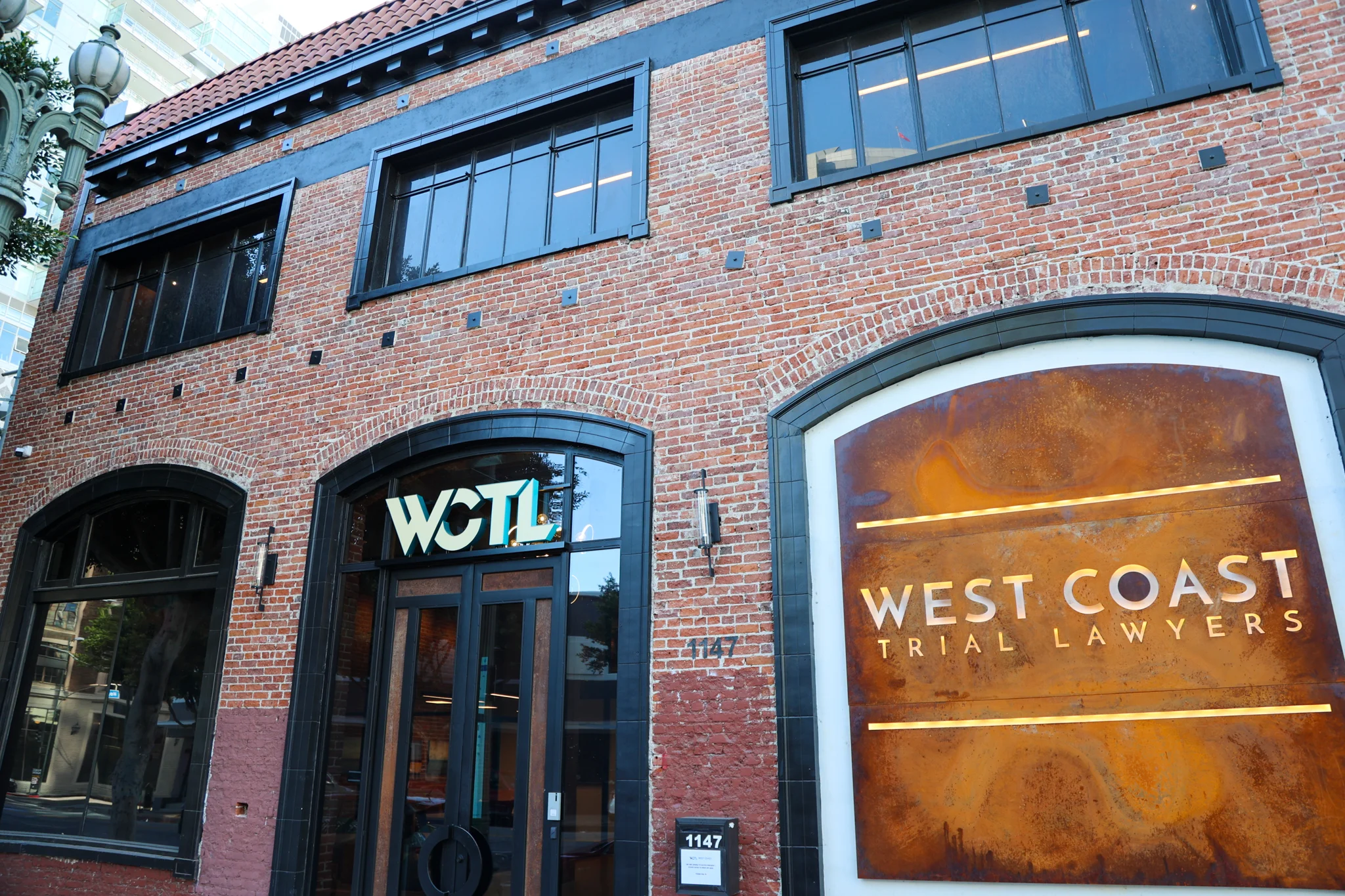If you were harmed as a result of an accident, pursuing a personal injury case can help you recover the economic value of your losses, including medical bills or lost wages. But what about emotional distress or pain and suffering? These are classified as intangible losses that are difficult to measure in monetary terms, also referred to as non-economic damages. Situations involving such factors can be just as life-changing, particularly if it involves catastrophic injury.
While such losses can be harder to quantify, they are an important part of the recovery process. Knowing how it is defined, evaluated, and measured can play a crucial role when trying to comprehend your case as a whole.
What Are Non-Economic Damages?

Non-economic damages refer to compensation for intangible losses that do not have a dollar value. Unlike economic damages, which covers financial expenses, non-economic damages are made with the intent to cover physical and emotional harm caused by a collision. These may include:
- Emotional distress
- Loss of enjoyment of life
- Disfigurement
- Loss of consortium
For instance, if a victim’s suffering is caused by a car accident, they may secure non-economic damages for ongoing physical or emotional pain that restricts their ability to partake in activities they once enjoyed prior to the event. While such losses can be impactful, they are more subjective, and will require expert testimony and documentation to evaluate the situation and support your claim.
How to Calculate Non-Economic Damages
There are a few common methods that courts, attorneys, and insurance companies may consider when calculating a fair value.
Multiplier Method
The multiplier method is the most used approach. The victim’s total economic damages, like medical bills or lost wages, is multiplied by a number between 1.5 and 5, depending on the severity of the injury. For instance, if a person sustains $20,000 in economic damages and the injury is deemed moderately severe, a multiplier of 3 could be used, leading to $60,000 in non-economic damages.
Per Diem Method
The per diem method assigns a daily dollar amount to the victim’s pain and suffering, then multiplies it by the amount of days the victim is predicted to experience suffering. For example, if $200 per day is reasonable and the individual is expected to suffer for 180 days, non-economic damages may result in a total of $36,000.
Case-By-Case Evaluation
In some cases, specifically in court, a judge or jury will determine the value of non-economic losses based on witness testimonies and expert opinions. Since non-economic damages are not connected to bills or receipts, you will need to present strong evidence, like medical records, photographs, or video footage to justify the amount being claimed.
What’s the Difference Between Economic and Non-Economic?
While non-economic damages covers non-monetary losses, like the emotional and personal impact of an injury, economic damages refers to actual financial losses a person has sustained. This includes measurable costs, like:
- Medical expenses
- Lost wages
- Property damage
Unlike non-economic damages, which specifically compensates for pain or emotional distress, economic damages are connected to out-of-pocket expenses and documented financial hardships that emerge in the aftermath of an accident.
Are Non-Economic Damages Taxable?
In most cases, non-economic damages are not taxable. However, there are a few exceptions on the nature of the claim and how damages are identified.
If non-economic damages are granted for physical injuries or sickness, they will not be subject to federal income tax under the IRS rules. This includes compensation that covers pain and suffering, emotional distress, or loss of enjoyment of life all coming directly from a physical injury.
But, if non-economic damages are given for emotional distress or mental anguish that is not associated with physical pain, then it could be taxable.
What Are the Different Types of Non-Economic Damages?
Non-economic damages can cover a range of personal, emotional, and psychological losses that result from an injury. While specific categories will vary based on the case presented, below are some common types that are often granted.
Pain and Suffering
Pain and suffering is one of the most commonly awarded forms of non-economic damages. It covers physical discomfort triggered by an injury, regardless of whether it is acute pain from broken bones or post-surgical complications. This also includes emotional anguish that often emerges due to physical pain.
For instance, a person is recovering from a spinal injury and is given physical limitations that are contributing to stress, frustration, and hopelessness. Pain and suffering is highly individualized, and will vary according to a person’s age, medical history, and long-term consequences of the injury.
Emotional Distress
Emotional distress refers to the mental and psychological impact of the accident. Symptoms may include the following:
- Anxiety
- Depression
- Insomnia
- Flashbacks
- Panic attacks
These conditions can be diagnosed by a mental health professional. Emotional distress can arise from trauma caused by the event itself, the burden of living with the injury, or the fear of encountering future medical treatment complications. It is typically awarded when there is evidence that a person’s mental health has declined as a result of a traumatic event.
Loss of Enjoyment of Life
This recognizes the permanent changes made to how a person lives life fully. For instance, someone who may have enjoyed dancing or playing a sport may no longer have the ability to do so due to their injuries.
Loss of enjoyment may also include limitations to daily activities, like not being able to drive or cook. This particular type of damage emphasizes the long-term lifestyle changes a victim will have to deal with. It can be supported by using personal statements, witness information, and life care planning reports.
Loss of Consortium
Loss of consortium may apply when the injury impacts close relationships, specifically with spouses or domestic partners. The damage may include:
- Loss of companionship
- Affection
- Comfort
- Sexual relations
For example, a spouse may no longer have the ability to share parental duties or participate in family activities as they once did prior to the event. This type of damage may require testimonies from the injury victim and their family members.
Disfigurement and Physical Impairment
When an injury causes visible changes, like scarring or burns, it can trigger deep emotional consequences. Disfigurement itself can result in self-consciousness and long-term psychological trauma. This especially applies if the changes tamper with your face or body image.
Permanent impairments, like loss of mobility or paralysis, can also affect almost every aspect of your life. Such damages far exceed physical limitations and account for the emotional burden of having to adjust to a new sense of reality.
How to Prove Non-Economic Damages
To prove non-economic damages, you will have to show how the injury affected your overall lifestyle. You will need to gather supporting evidence to back up your claim, including:
- Medical records to determine the extent of pain and any permanent impairments.
- Personal testimony to show how the injury affected your daily activities.
- Statements made by friends and family members to explain how your life has changed.
- Photos, video footage, or journals to use as evidence of your diminished quality of life.
- Expert opinions from doctors or therapists to acquire insight on how your injury will continue to have long-term consequences for your mind and body.
Can You Still Recover Non-Economic Damages if You Were Partially At Fault?
You can still recover non-economic damages if you were partially at fault for an accident. California follows the pure comparative negligence system, meaning that your compensation may be reduced according to your share of fault. For instance, if you are 30% liable, your total pay will be adjusted by 30%.
This rule may apply to all types of damages, including non-economic damages. The opposing side, however, may try to argue that your level of negligence should drastically reduce your amount or even discourage you from pursuing a claim. That is why it is important to provide strong evidence and work with an excellent lawyer who can protect your interests and get you the compensation you are entitled to.
To get an estimated value of what your accident case could be worth, you can input the losses you suffered into our personal injury settlement calculator.
What Is the Limit on Non-Economic Damages?
In May 2022, California passed Assembly Bill 35, which overhauled the Medical Injury Compensation Reform Act (MICRA). This change introduced higher caps on non-economic damages, particularly for medical practice claims that have been filed on or after January 1, 2023.
Currently, there are no non-economic damage caps when it comes to most personal injury lawsuits, such as car accidents or slip and falls. But in medical malpractice cases, for 2025, non-economic damages are capped by:
- $430,000 for non-death cases
- $600,000 for wrongful death cases
These limits will increase each year until they reach $750,000 and $1 million, then will be adjusted for inflation. Any medical malpractice claims filed before January 1, 2023 will have the old $250,000 limit applied.
What States Have Caps on Non-Economic Damages?
Although non-economic damages can contribute to deeply personal losses, some states may enforce restrictions on how much compensation may be awarded. These caps will vary based on the type of case, whether it be medical malpractice or personal injury. Knowing which particular state has limits established and how they apply can make a significant impact on the outcome of a claim.
Arizona
Arizona has no caps. The state constitution prohibits laws that implement limits on the amount of recoverable damages in a personal injury or wrongful death case. This includes non-economic damages, such as pain and suffering. Courts have frequently upheld this ban, making Arizona one of the states where victims can seek full financial recovery for intangible losses without reaching a statutory limit.
Nevada
Nevada does not necessarily have a universal cap on non-economic damages in most personal injury claims. But, there is one exception: medical malpractice cases. Non-economic damages will be capped at $350,000 regardless of how many plaintiffs or defendants are involved. This is a strict cap and will not be adjusted for inflation. For other types of claims, such as car crashes or premises liability, no cap applies.
Washington
Similarly to Arizona and Nevada, Washington also has no statutory cap on non-economic damages when it comes to personal injury or wrongful death cases. A prior attempt to limit damages was denied by the Washington Supreme Court, ruling that caps violate the right to a jury trial under the state constitution.
Need Help Proving Non-Economic Damages? Contact West Coast Trial Lawyers Today
Proving the full extent of your damages, even those that are difficult to measure, can be challenging when it comes to personal injury cases. If you are undergoing such a process, legal guidance can make an impactful difference. At West Coast Trial Lawyers, our knowledgeable personal injury attorneys can assess your situation, establish fault, and negotiate with the insurance companies to ensure you are granted the compensation you deserve.
Our law firm operates under a contingency-fee basis, meaning you owe us nothing unless we win your case. To set up a FREE consultation, you can contact us by calling (213) 927-3700 or filling out our easy online contact form.










